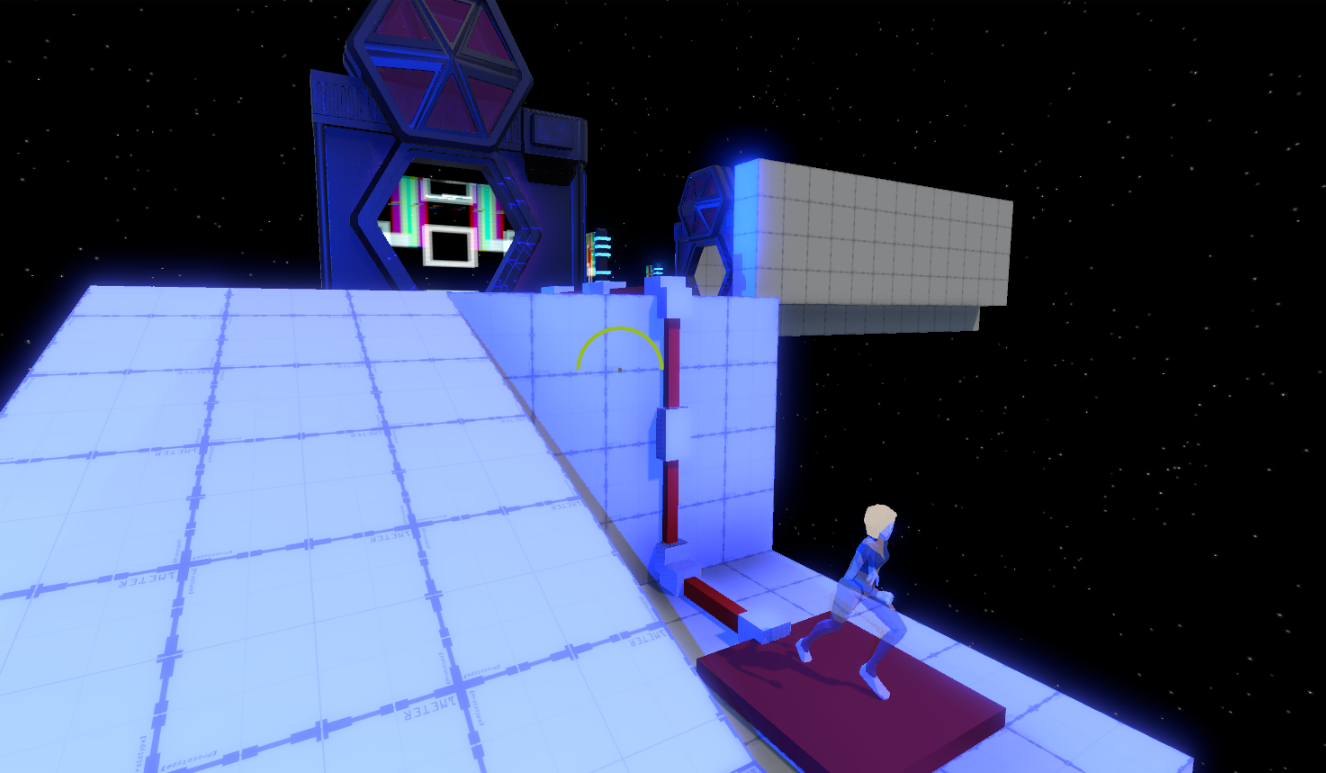Self Determination Theory and ChronoFold

Self Determination Theory posits that in order to achieve intrinsic motivation, a behaviour must fulfil three main needs.
- Autonomy: The feeling of being able to do what you want.
- Competence: The feeling of being good at doing something.
- Relatedness: The feeling of belonging to our environment.
I would like to tell you about how we can apply SDT to look at Games. My research is about how we can use SDT to create better experiences.
Most people would agree that playing is an activity that they would perform willingly. It is a paradox to be forced to have fun. If you have been, then what you were having was most certainly not fun.
How can we apply these needs to games?
Lets take Football (or any sport) for instance. (Autonomy) A person who enjoys football is usually willingly playing by their own volition. (Competence) They have the ability to perform, whether it be just adequately or professionally, and they are feel a sense of belonging (Relatedness) amongst their teammates, club, and sportsmen.
We can even use SDT to look at games on a micro level. In a game of chess, there are many moves a player can make. The feeling of being able to decide what to do fulfils the need for Autonomy. Chess is a game of great depth and skill. Any game that can differentiate between levels of mastery fulfils the need for Competence. Chess is played with another person. The feeling of playing mind games with your opponent, deceiving, triumphing and overcoming their moves creates a sense of belonging between each player.
In ChronoFold, we have tried to fulfil these needs.
Autonomy
- Allowing the player to explore the world in any direction.
- Allowing the player to solve a puzzle by any means possible.
Competence
- Through mechanics that multiply each other to create emergence.
- By providing a scale for players to measure their ability.
Relatedness
- Scoring player times against a global leaderboard.
- Allowing the player to leave messages to other players.